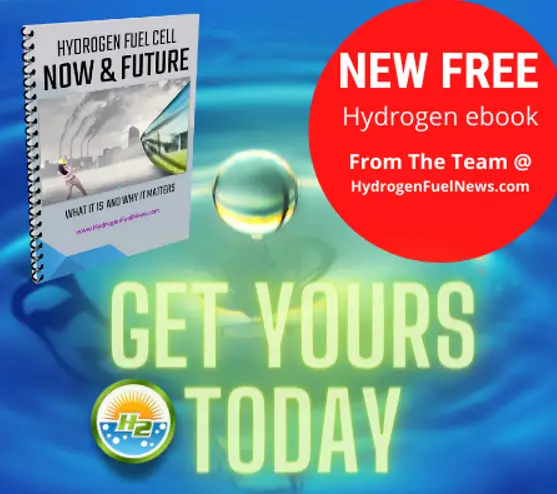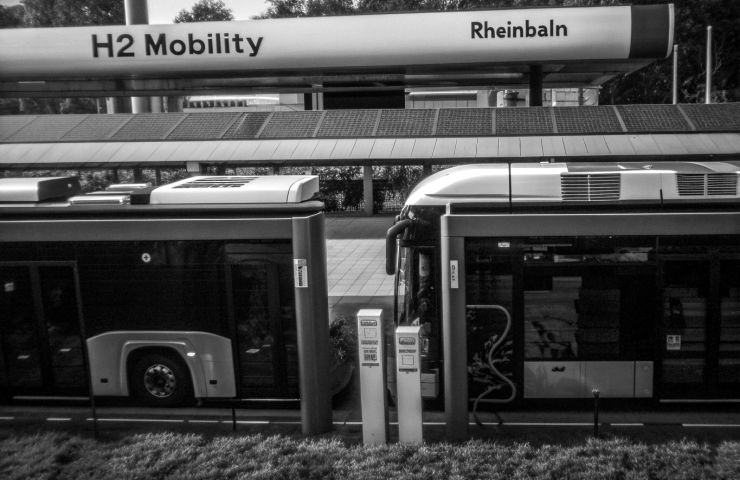
Hydrogen Infrastructure Milestone: Düsseldorf Unveils Europe’s Most Powerful Refueling Station
May 29, 2025Düsseldorf may not have made a lot of noise about it, but it’s just pulled off something big in the world of hydrogen infrastructure. At the end of May 2025, the city flipped the switch on what’s now one of Europe’s most advanced hydrogen refueling stations—a massive leap for clean transport, not just locally, but across the region.
Powering Tomorrow: A Hydrogen Station Built for Scale
Sitting just off Höherweg, right next to Rheinbahn’s Lierenfeld depot, this next-gen hydrogen station means business. It can pump out up to five tonnes of hydrogen a day, and thanks to its patent-pending, high-throughput tech, it supports multiple pressure levels suitable for various vehicle types. Translation: whether you’re driving a bus, a truck, or just your own hydrogen-powered car, you can fill up fast—no waiting, no fuss.
The brains behind it? H2 MOBILITY, the company that already runs Europe’s biggest network of hydrogen stations. This station is a serious upgrade from older setups, which often couldn’t keep pace with today’s wider range of clean vehicles. It’s bigger, faster, more flexible—exactly what the evolving world of fuel cell technology needs.
Team Effort: Public-Private Partnerships in Action
This isn’t just a tech win—it’s a story of collaboration done right. The project brought together H2 MOBILITY to build and run the station, Stadtwerke Düsseldorf to provide the green hydrogen, and Rheinbahn, whose 20 hydrogen buses are already on the streets. By plugging the station into Rheinbahn’s depot, turnaround times for refueling are way faster—which is a game-changer for public transport schedules.
And there’s more ahead. While exact plans have not been confirmed in public documents, Rheinbahn has indicated its intention to grow its zero-emissions fleet, and this station is expected to support that development.
Closing the Loop: Locally Made Hydrogen by 2026
For now, the site gets its renewable hydrogen delivered from outside. But by 2026, that’s set to change. Stadtwerke Düsseldorf is building a 2 MW electrolyzer powered by electricity from the city’s own waste-to-energy plant. A portion of that electricity will be generated from biogenic components in local waste—turning trash into clean fuel. So yes, Düsseldorf will literally be fueling its future with its own waste, making its energy loop not just clean, but also circular.
Fueling the Future: Backed by Policy and Investment
This kind of progress doesn’t just fall from the sky. The station and upcoming electrolyzer got a major push from Germany’s National Innovation Programme for Hydrogen and Fuel Cell Technology (NIP2), directed by NOW GmbH. Public investment has been crucial in scaling zero-emission technology in industries like freight and logistics, where going electric isn’t always practical.
It’s part of a clear strategy: help hydrogen-powered transport stand toe-to-toe with diesel, especially for heavy-duty segments where battery trucks can’t always go the distance.
Big Impact, Bigger Message: A Model for European Cities
With over 620,000 residents, Düsseldorf is more than just a local leader—it’s the capital of North Rhine-Westphalia, Germany’s most populated state. This station directly supports its goal to be carbon neutral by 2035—a big ask, but one that’s starting to look more achievable. Cleaner air, quieter streets, and energy independence? That’s a future people can get behind.
And the ripple effect could be huge. With its smart combo of vehicle infrastructure, local green hydrogen production, and urban planning, Düsseldorf just might have created a playbook other cities across Europe want to follow.
What’s Next?
This isn’t just another refueling site—it’s a landmark. As H2 MOBILITY keeps moving toward its 2028 target of offering only renewable hydrogen, and Stadtwerke Düsseldorf continues to push innovations in low-carbon electrolysis, Düsseldorf is setting a bar that’s hard to beat.
In short, it’s more than clean energy. It’s local. It’s scalable. And it’s tailor-made for the kinds of fleets that keep our cities moving.
Let me know if you’d like this version in a downloadable file or need tracked changes for transparency.

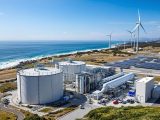
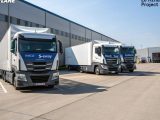
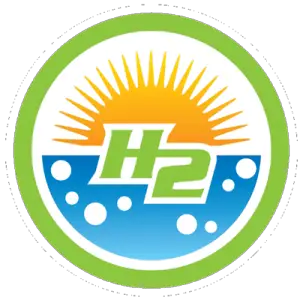 With over 15 years of reporting hydrogen news, we are your premier source for the latest updates and insights in hydrogen and renewable energy.
With over 15 years of reporting hydrogen news, we are your premier source for the latest updates and insights in hydrogen and renewable energy.